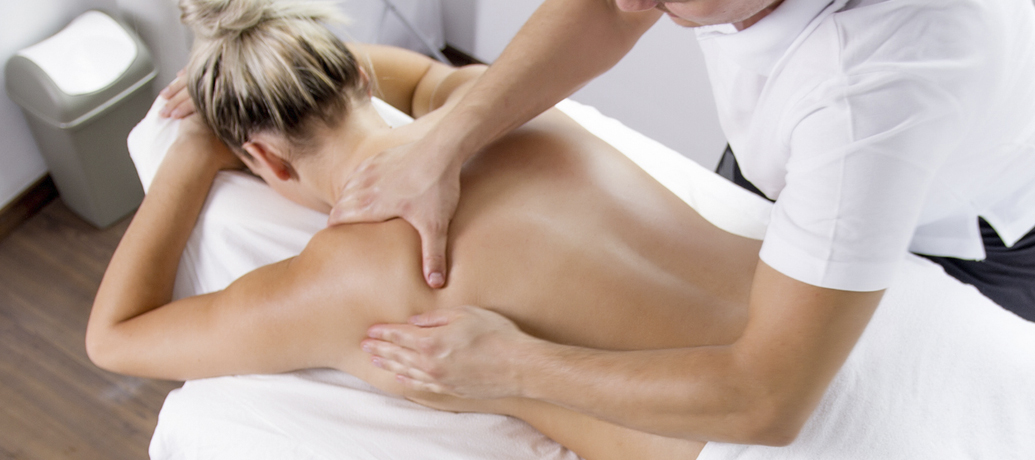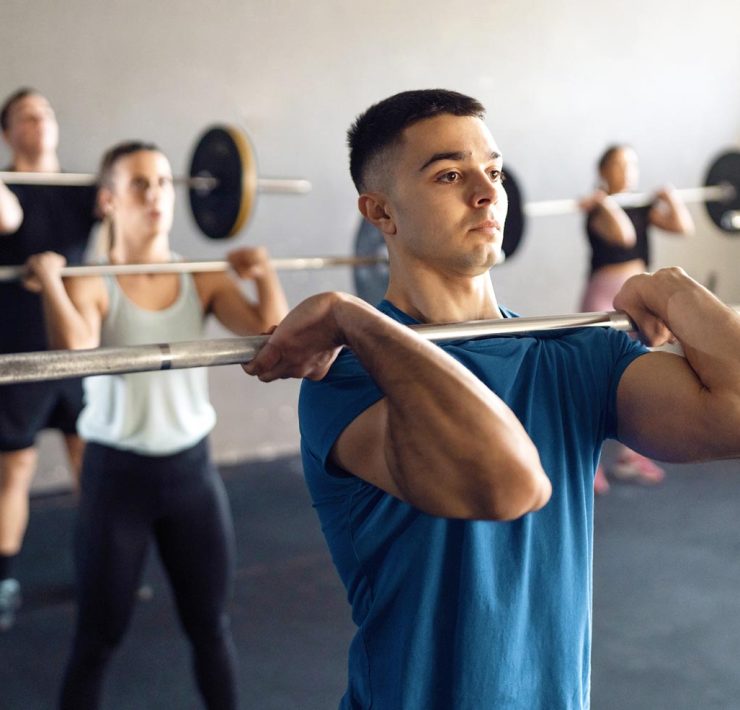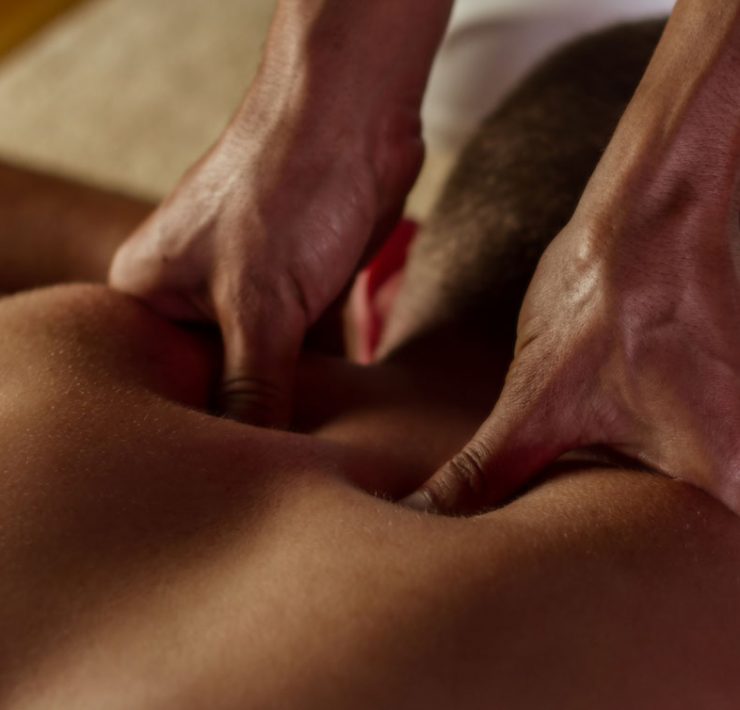While sports massage is essential for performance sports, it isn’t just for athletes. Anyone with an active lifestyle can benefit from this unique modality. Sports massage helps to prepare for an activity, decrease post-event muscle soreness, improve flexibility, and increase range-of-motion. Using a combination of deep tissue work, assisted stretching, and other anti-inflammation techniques, sports massage helps to create and maintain the optimal physical state for high performance with less risk of sports-related injury.
What Are the Benefits?
Increased Muscle Efficiency and Flexibility
Sports massage techniques can help increase muscle efficiency and flexibility by combining massage techniques and incorporating assisted stretching.
Pre-Event: Improved Physical Performance
A good pre-event sports massage addresses issues that may hamper performance. The goal is to galvanize and loosen muscles without over-relaxing them. (That blissful jelly-like feeling you get after an ultra-relaxing Swedish massage? Not exactly conducive to marathon success.)
Post-Event: Reduced DOMS
Sports massage helps immensely in reducing the dreaded delayed-onset muscle soreness (DOMS)—the sometimes agonizing soreness you may feel 24-48 hours after an intense workout.
What Techniques Are Used?
Compression Massage
Compression is often used at the beginning of a sports massage as an evaluation tool and a muscle warm-up. The therapist will usually keep one hand stationary while pressing the other into the muscle; it’s usually used on large surfaces, like legs or back. Rhythmic compression helps soft tissue relax.
Muscle Stripping
Muscle stripping is a more intense technique and is generally used on targeted and more densely-muscled areas. Your sports massage therapist will use deep, strong, slow pressure, along the muscle fibers. They will check in with you regarding the intensity and adjust the pressure as needed. The goal is to increase range-of-motion and muscle elasticity.
Transverse Friction
Sports massage therapists use transverse friction to break down scar tissue or keep it from forming. The technique is also effective at breaking down adhesions, a type of scar tissue formed when areas of muscle or fascia bind together as a result of trauma, misuse, or poor surgical recovery. The therapist traps the tissue against the bone and moves their hands perpendicularly to those fibers to gradually break them apart. Reducing scar tissue results in increased range-of-motion and efficient movement.
PNF Stretching
During PNF (proprioceptive neuromuscular facilitation) the sports massage therapist uses assisted stretching in conjunction with isometrics. The therapist will evaluate the client’s flexibility and tension levels while guiding them through a series of stretches and movements. PNF helps decrease muscle tension while increasing mobility. It also increases awareness of unique body patterns, helping lead to a healthier ergonomic state overall.
How is Sports Massage Different From Deep Tissue Massage?
The two modalities are similar in that they address specific musculoskeletal needs in a more intense fashion than gentler techniques such as Swedish massage. Deep tissue massage is known for targeting deeper layers of muscle, tendons, and fascia (the tissue covering muscles), and is great for easing persistent muscle discomfort and reducing overall aches and pains.
Sports massage, however, tends to be more focused on the recipient’s specific activities and goals. For one, sports massage includes a generous amount of stretching, which is essential for keeping athletes’ muscles and tendons supple and less injury-prone.
Additionally, sports massage typically breaks down into further categories of technique based on whether an athlete is training for an event, recovering from one, or rehabilitating after an injury. For example, pre-event sports massage will focus on increasing range of motion, while post-event treatment will address inflammation using techniques that flush built-up lactic acids from muscles.
Should I Get a Sports Massage?
While the name might imply it’s only meant for marathon runners and elite athletes, a sports massage could be a great fit for anyone who wants to decrease muscle tension and pain while increasing flexibility, mobility, and performance. And what’s better than a 5-star massage that fuels your performance and recovery? Getting it in the comfort of home, of course.







